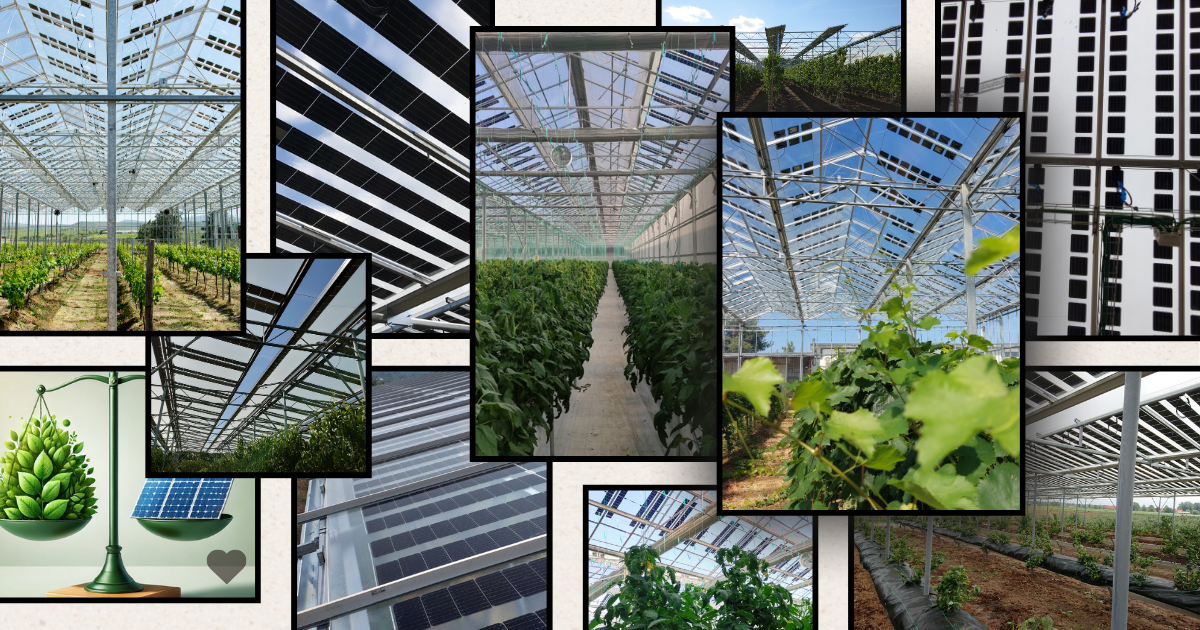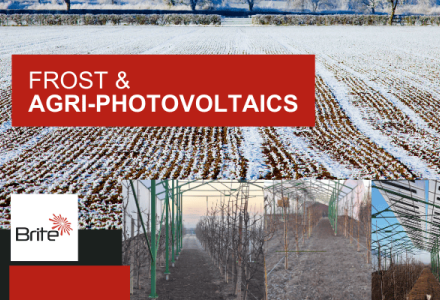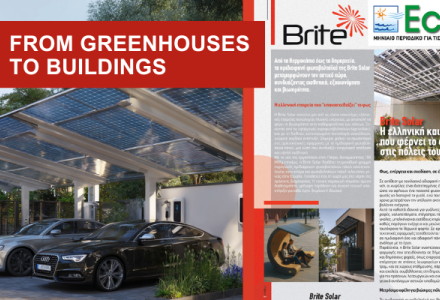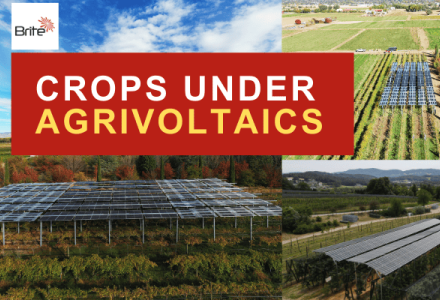Farming under Solar Panels: Agrivoltaics, Nanotechnology, and the Path to Net-Zero
Agrivoltaics combines solar energy production with agriculture, offering a sustainable solution for reducing carbon emissions and improving agricultural productivity. By placing solar panels over crops, farmers benefit from energy production while protecting crops from extreme weather. Additionally, the innovative nanotechnology from Brite Solar improves the efficiency of semi-transparent panels, allowing crops to grow effectively while optimizing energy generation. This technology enhances land use, leading the way to a more sustainable future. Covering even 1% of EU farmland could contribute significantly to net-zero goals by 2030.
The Role of Brite Solar's Nanotechnology
Brite Solar is at the forefront of this revolution, with its use of nanotechnology in semi-transparent solar panels. These panels not only allow crops to photosynthesize but also boost energy production without compromising agricultural output. In Greece, this technology has been successfully applied to vineyards and greenhouses, reducing water needs and improving yields. The tailored-made solutions of Brite Solar ensure that energy generation and agriculture can work in harmony, supporting sustainable farming and energy transition.
Case Studies and Global Application
In Japan, solar panels have been installed over rice paddies, enhancing both food and energy production. In Germany, crops like asparagus and berries have shown increased productivity under solar panels. These examples highlight how agrivoltaics can be adapted to various climates and crop types, offering farmers an innovative way to increase both their yields and their income.
The Future of Agrivoltaics
With the right support and expansion, agrivoltaics could revolutionize farming worldwide. By using just 1% of EU farmland for solar panels, we can achieve significant progress toward net-zero targets without compromising food production. This approach offers new revenue streams for farmers, reduces the carbon footprint, and increases food security—paving the way for a greener and more sustainable future.
Conclusion
Agrivoltaics, combined with Brite Solar's cutting-edge nanotechnology, opens new possibilities for both energy and food production. Farmers can protect their crops, reduce costs, and contribute to climate action while improving yields. As this technology continues to evolve, it is set to play a leading role in the global effort toward sustainability.
























